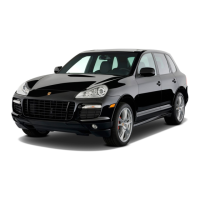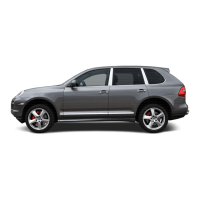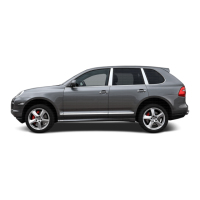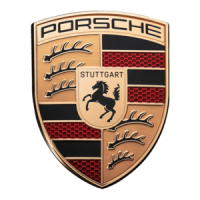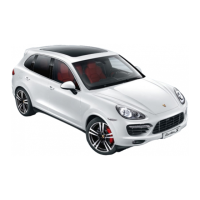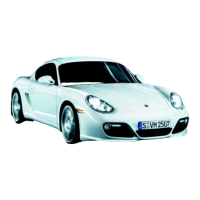Drive systems and chassis | Drive systems · 31
At 288 volts, the electric machine has
a maximum output of 34 kW (47 hp).
The benefits of the synchronous motor
with inner rotor design are extremely
compact dimensions and high levels of
efficiency. It also acts as a starter motor
and alternator. Working in tandem, both
units provide a total output of 279 kW
(380 hp) and maximum torque of 580 Nm,
propelling the car from 0 to 100 km/h
(62 mph) in just 6.5 seconds. These are
the levels of acceleration you would usu-
ally expect from an eight-cylinder unit,
but with a combined fuel consumption of
8.2 l/100 km (34.4 mpg) in the EU cycle.
1)
On the parallel full hybrid system, the
electric machine is integrated directly
into the drivetrain. The hybrid module
is situated between the transmission
and the combustion engine. The engine
is engaged and disengaged using a
specially designed decoupler.
The electronic engine management
system receives all information on the
driving and energy status and controls
both drive systems to ensure optimum
performance in any driving scenario.
It shuts off the combustion engine and
switches it back on. Thanks to the ultra-
fast decoupler and instantaneous engine
start-up, all of this goes unnoticed by
the driver. Under moderate acceleration,
the electric machine can power the
vehicle independently using electricity
alone. For example, for driving quietly
through residential areas. In addition,
it can be used to boost performance –
for even faster acceleration.
The parallel full hybrid concept also
comes into its own during performance
driving. When the Cayenne S Hybrid is
driven at high speeds and on overrun,
the combustion engine is automatically
disengaged from the drivetrain and shut
Parallel full hybrid
off: the car continues to ‘coast’ along.
Engine drag and the associated losses
are eliminated and efficiency is increased
at speeds of up to 156 km/h (96 mph).
1)
For details on the test procedure, please refer to page 150.
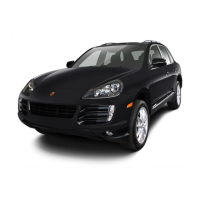
